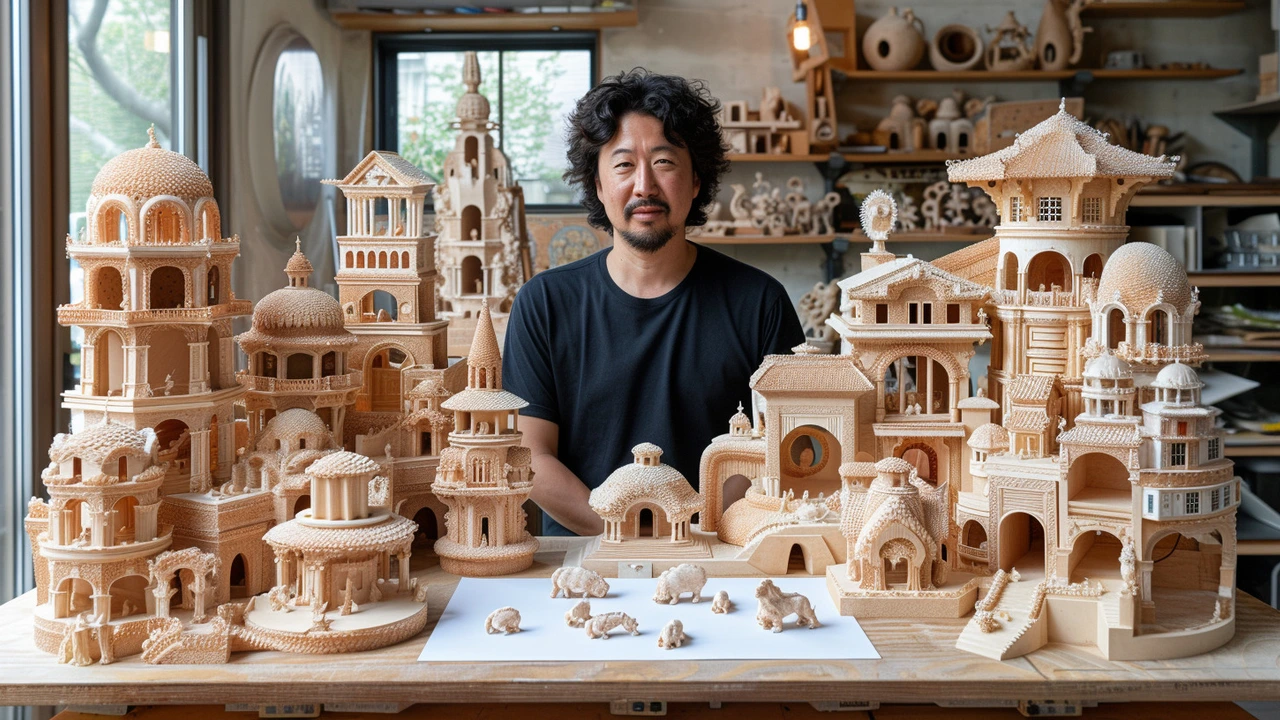Hey there! I'm just fascinated by how those grand, ornate Baroque buildings from centuries ago continue to inspire our designs today—I mean, isn't it amazing? Whenever I see those dramatic curves and bold details in current structures, I can't help but think of Baroque's powerful touch. Have you noticed that too? It's like we're having a conversation with history through our buildings. In this post, I'll dive into the ways Baroque architecture's grandiosity and flamboyance still echo in our modern designs. Join me in uncovering this timeless dialogue between the past and present—it's a real testament to Baroque's enduring charisma!
Architectural Legacy: Why Old Buildings Still Matter
Architectural legacy isn’t just about pretty facades. It’s the set of ideas, materials, and techniques that older buildings handed down to today’s architects and homeowners. You’ll see it in a column, a roofline, or even the way a city grid directs foot traffic. Knowing what to look for helps you read a place like a book and use those lessons in new projects.
Spotting key features
Want a quick trick? Look for rhythm and repetition: rows of windows, repeating columns, or a consistent cornice often signal a historic style. Materials tell stories too—brickwork can point to Georgian or Colonial roots, while cast iron and ornament hint at Victorian or Beaux-Arts influence. Don’t ignore scale: older buildings often use human-scale proportions that feel comfortable up close, unlike some recent glass towers.
Here are concrete signs of different legacies: classical columns and symmetry for Greek Revival; heavy ornament and dramatic curves for Baroque; clean geometry and minimal ornament for Bauhaus and International Style. Spotting one detail can lead you to the whole style, so scan streets with curiosity and a few examples in mind.
Using legacy in modern projects
So how do you use architectural legacy without copying it? Start small. Match roof pitch or window proportions when renovating a house. Reuse materials like reclaimed brick or salvaged wood for texture and authenticity. When designing new buildings, borrow scale, rhythm, and material choices rather than copying ornament. That keeps a modern building feeling rooted in place.
If you’re working on a renovation, talk to a preservation-friendly architect or contractor early. They can advise on which historic elements to keep, which to adapt, and which modern systems (HVAC, insulation) can be added without losing character. Budget for careful work: preserving original windows or restoring a cornice costs more than replacement, but it preserves value and identity.
Want inspiration? Walk neighborhoods with different eras: you’ll learn faster than from any book. Visit a city museum or local historic society for quick context—most offer guides that point out signature buildings and why they matter. Online resources and the articles on this tag page cover styles from Roman and Renaissance to Beaux-Arts, Colonial, and Neo-Futurism if you want examples tied to real buildings.
Architectural legacy is practical. It helps cities stay readable, boosts property value, and gives designers a tested toolkit. Use what works—proportion, material honesty, comfortable scale—and leave the rest to modern needs. That way, you keep history useful, not just decorative.

